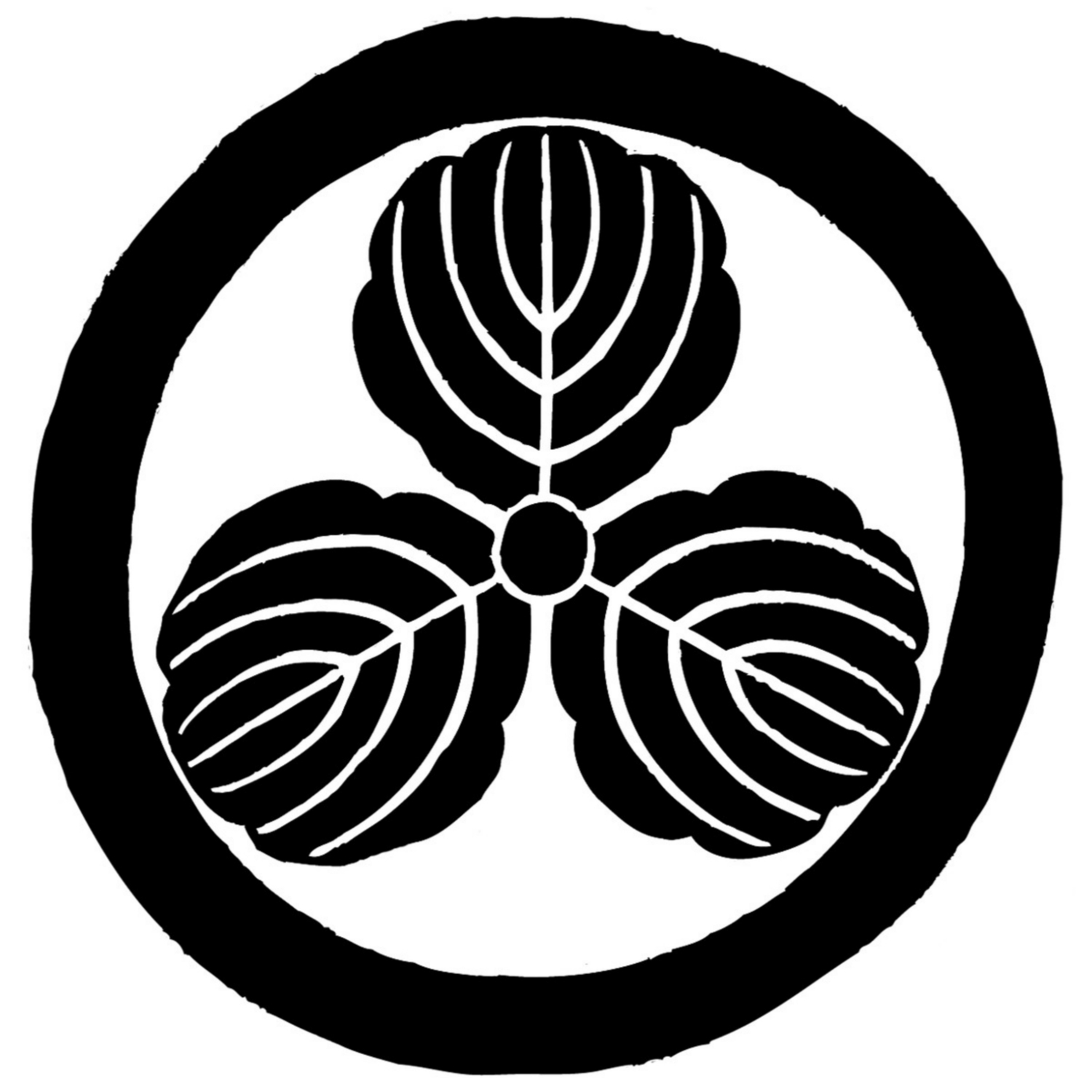Kumiko Zaiku
The Japanese have a very intricate wooden lattice work they call kumiko zaiku.
Dating from at least the Edo period (1603-1868) kumiko-zaiku patterns were found gracing the ranma [lit: transom] above shoji doors in the public spaces of aristocratic homes. These complex patterns later move down into the shoji themselves and finally into furniture and a type of lantern called andon.
Tozai Design is a full service furniture maker that specializes in andon lanterns. We also offer design services, custom furniture, shoji panels, and prototyping/industrial design services. I make every thing on offer so any of our products can be built to your specification.
Lastly please check my blog any new patterns, products, and/or interesting new work will be found there.
Thomas
Making Kumiko-Zaiku
The process of making a kumiko zaiku panel is an exercise in accuracy, patience, and humility.
Accuracy is needed to insure an attractive panel. Smaller panels or patterns made with a larger interval (interval meaning the space between frame members) allow for some deviance. Larger panels with a small interval will accentuate and compound any error of the shokunin [trans: craftsman]. This level of accuracy must be maintained around .001mm any more than that and just like compounding interest things start to grow.
Patience is needed just to stroke the saw, move the jig, and handle and maintain order on all of the parts you will produce while making a single andon. The larger andon model #292 has in it's jigumi 292 three way joints, in Japanese Mitsu-kude [lit: three way joint], each of these joints requires 6 cuts multiply this by 292 you are now well north of 1700 cuts. When you finish with the jigumi it is now time to produce the more than 1400 pieces of kumiko zaiku that will make up the goma gara pattern, each of these parts now need a bevel on each end and a notch near each end- that is.... you get the picture.
Humility is necessary because one does not make each of the above mentioned cuts individually. The shoukinin would usually make stacks of parts to cut at the same time. A stack of 5 horizontal kumiko with seven intervals needs, depending on method, as few as 14 individual cuts, and up to 28, any error and you have fire wood. I have been a cabinet maker for 23+ years and I have never been as challenged mentally and physically by a technique as I have by this work. Tremendous amounts of preparation are required here, your stock has to be a consistent thickness and your layout perfect-then you start cutting.
I find this to be woodworking at it's most reductionist, one needs accurate milling of a fair bit of stock, then thousands of joinery cuts, and now put it all together- nothing like testing your skills day in day out.
Thomas
